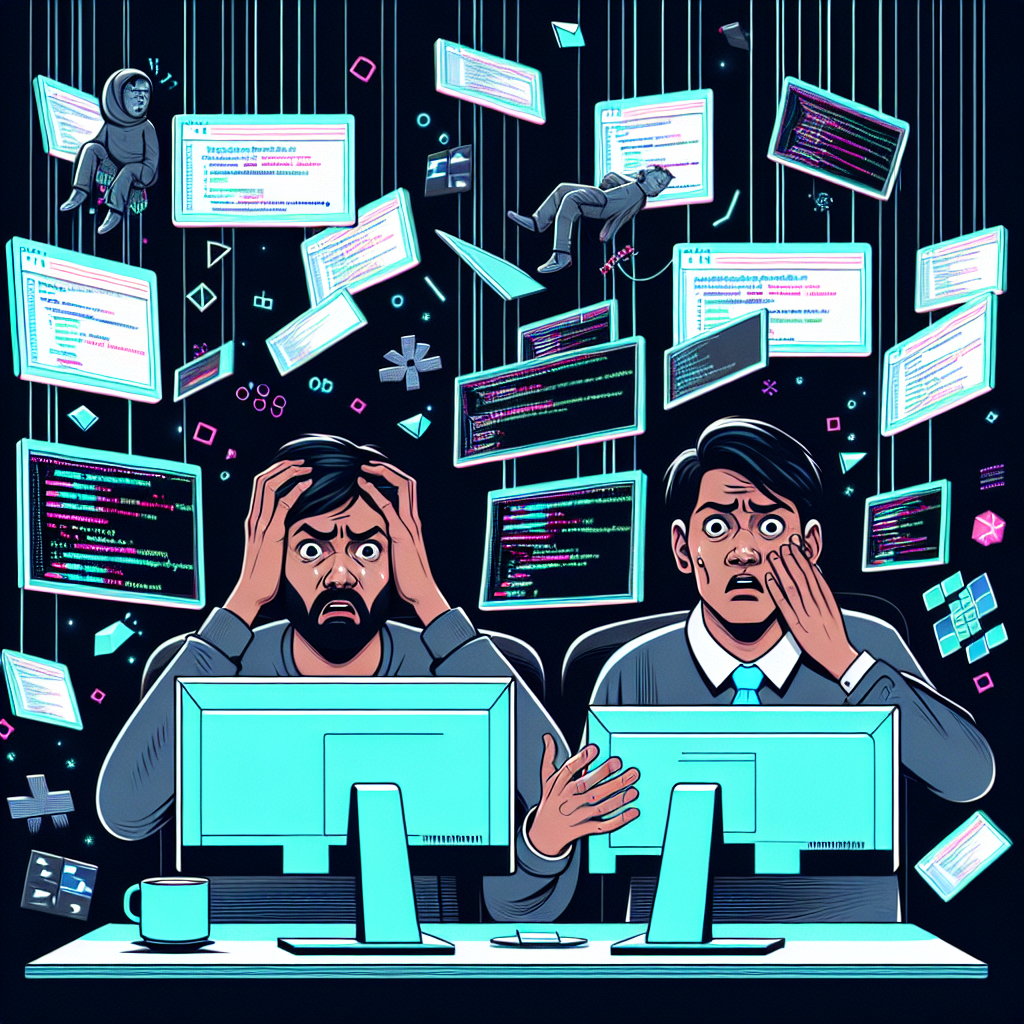Handling Uncertainty and Ambiguity in Problem-Solving
Learning to embrace uncertainty and take calculated risks to solve problems effectively.

So, you've found yourself in uncertainty and ambiguity while trying to solve a problem. Congratulations, you're human. Whether you're dealing with a bug in your code or navigating a project, uncertainty is inevitable. But before you spiral into doubt, let's explore how to tackle this aspect of problem-solving effectively.
🔑 Key Takeaways 🔑
- Embrace uncertainty as a natural part of problem-solving.
- Use emotional intelligence and heuristics to make informed decisions.
- Utilize creativity and collaboration to turn ambiguity into opportunity.
- Develop a growth mindset to view uncertainty as a learning experience.
The Nature of Uncertainty and Ambiguity
Uncertainty and ambiguity are not just parts of a complex problem; they're integral to it. Our brains crave certainty, often leading us to jump to conclusions. This desire for certainty can cloud judgment, making errors more likely when faced with ambiguity.
The Brain's Quest for Certainty
Our brains seek patterns, trying to find certainty. This might explain overconfidence in snap judgments about that code fix. The downside? Overconfidence can lead to poor decisions when the situation is ambiguous.
Ambiguity: The Ally of Creativity
Ambiguity can be a tool for creativity. When the path forward isn't clear, your brain is forced to think outside usual constraints, often leading to new solutions. For more on fostering creativity, check out our guide on creative techniques.
Avoiding Analysis Paralysis
Uncertainty can spark creativity, but it can also lead to analysis paralysis. This is where you're overwhelmed by options and end up doing nothing. Doing nothing is rarely the best choice.

Strategies for Handling Uncertainty
Uncertainty can feel like solving a puzzle blindfolded, but it's also a chance to refine problem-solving skills. Here's how:
1. Develop a Growth Mindset
Instead of viewing uncertainty as a threat, see it as an opportunity to learn. This mindset boosts adaptability and resilience when things don't go as planned.
2. Employ Heuristics
Use mental shortcuts like "satisficing"—settling for a solution that's good enough. It's about making decisions swiftly without endless deliberation. Learn more about decision-making under pressure in problem-solving under pressure.
3. Harness Emotional Intelligence
Emotional intelligence is key when navigating uncertainty. Recognize emotions, manage them, and make decisions with a clear head. Check out more on critical thinking to enhance decision-making skills.
4. Collaborate and Conquer
Two (or more) heads are better than one, especially when they bring diverse perspectives. Collaboration distributes the burden of uncertainty and enriches decision-making. Discover the benefits of collaborative problem-solving.
5. Use Mental Simulation
Before diving in, imagine different scenarios to anticipate outcomes. This practice helps prepare for the unexpected and make more strategic decisions. For techniques on breaking down problems, see breaking down complex problems.
6. Satisfice with Confidence
Perfection is overrated. Sometimes, settling for a good enough solution is the most efficient path forward.
7. Take Calculated Risks
Evaluate risks and benefits, then act accordingly. No great solution was ever found without some risk-taking. Understand more about balancing risks and benefits in speed vs accuracy.
The Wisdom in Uncertainty
Uncertainty doesn't have to be a villain. By embracing it, you learn valuable lessons, become more adaptable, and grow as a problem-solver. The more you practice handling uncertainty, the better you become at managing ambiguity.
Now, go forth and face that uncertainty. And if all else fails, remember: a little ambiguity never hurt anyone—except maybe a robot trying to understand human emotions.




